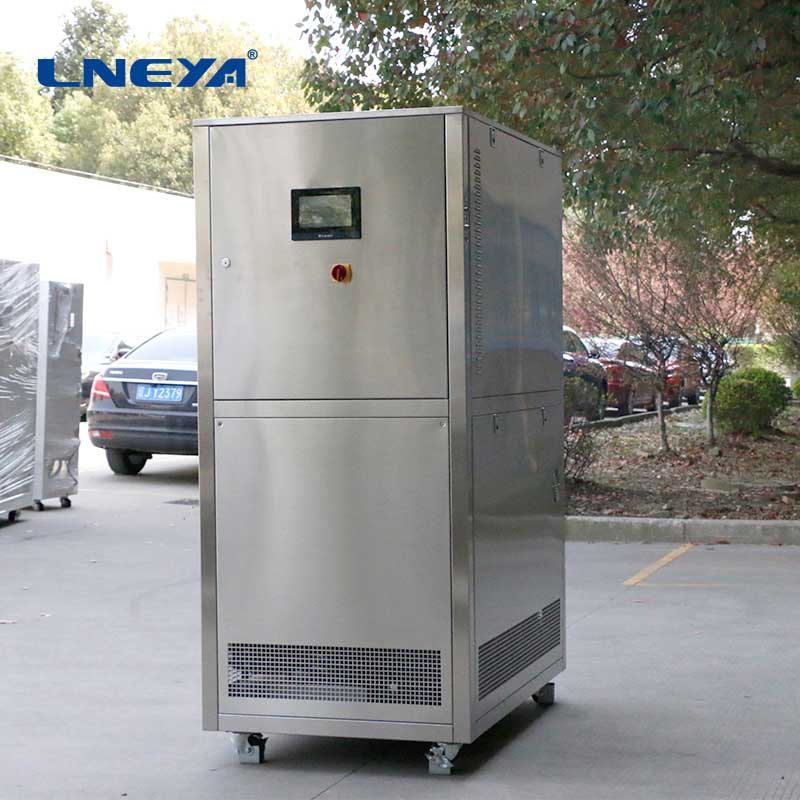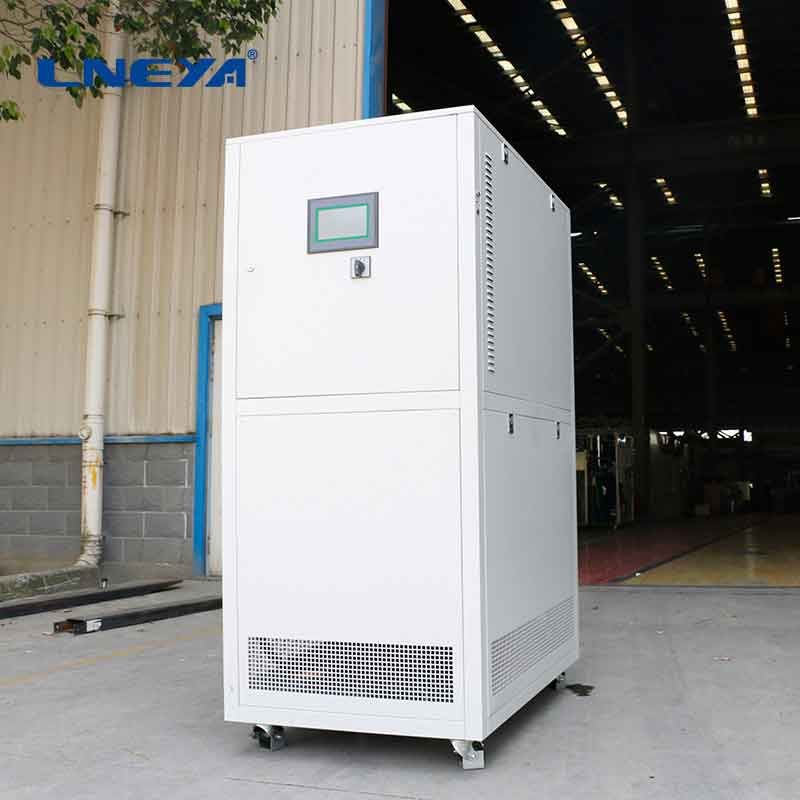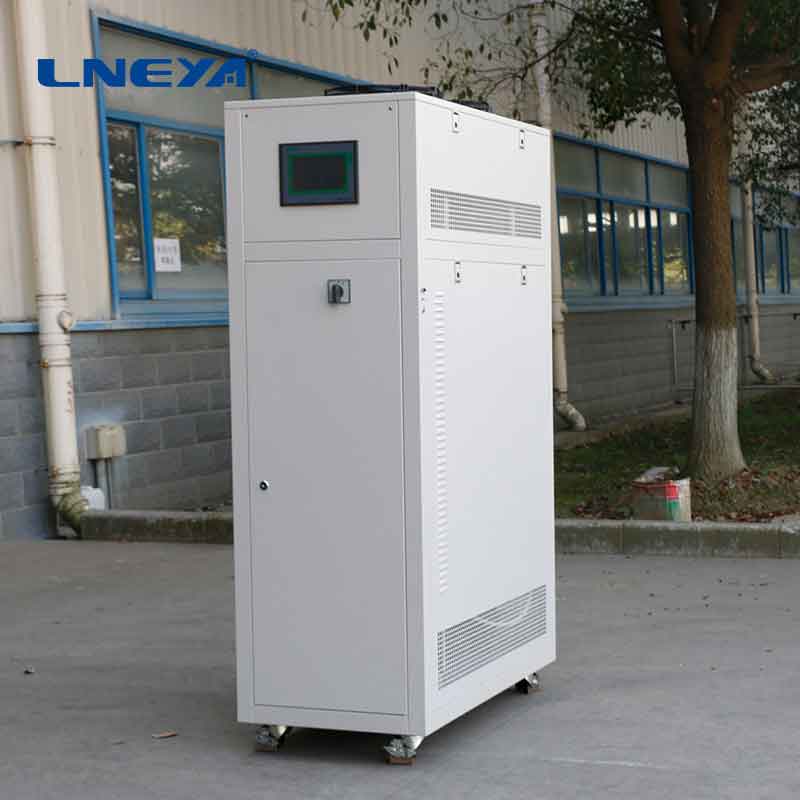water cooling solution
Introduction to Water Cooling Solutions
Water cooling solutions have become increasingly important in managing heat generated by high-performance electronic devices and systems. These solutions involve the circulation of water or a coolant through a heat exchanger or directly onto the heat-generating components to dissipate heat effectively. They are used in a variety of applications, from data centers to residential cooling systems, offering energy efficiency and improved thermal management.

Types of Water Cooling Solutions
Water cooling solutions can be broadly categorized into two types:
Active Water Cooling: This involves the use of pumps and radiators to circulate coolant through a system. The coolant absorbs heat from the components and is then cooled down in the radiator before being recirculated. Active water cooling systems are commonly used in high-performance computing and data centers.
Passive Water Cooling: This type of cooling does not require any moving parts and relies on natural convection or small fans to circulate the coolant. Passive water cooling systems are often used in residential applications where noise and maintenance are concerns.
Applications of Water Cooling Solutions
Water cooling solutions are used in various industries and applications:
Data Centers: Large-scale data centers use water cooling solutions to manage the heat generated by servers and other IT equipment. Companies like Supermicro offer end-to-end liquid cooling solutions that can reduce operational costs by up to 40% and significantly decrease data center server noise.

High-Performance Computing (HPC): In HPC, water cooling is used to cool down CPUs and GPUs, allowing for higher rack densities and improved performance. Rack-scale liquid cooling solutions provide efficient thermal management for high-density HPC racks.
Residential Use: Water cooling can also be used in residential settings for passive cooling, such as the ‘eco-cooler,’ which is designed for passive home cooling. These systems can provide energy-efficient and thermally comfortable living spaces, especially in regions with high solar radiation.
Efficiency and Advancements

The efficiency of water cooling solutions is a critical factor in their adoption. They offer superior cooling density and sustainability compared to traditional air cooling methods. For instance, liquid cooling can reduce the electricity costs for the entire data center by up to 40% and the cooling infrastructure in servers by up to 89%. Additionally, advancements in liquid cooling technology, such as direct-to-chip cooling and immersion cooling, are being developed to further improve efficiency and sustainability.
Conclusion
Water cooling solutions are an essential part of modern thermal management, providing efficient and sustainable ways to dissipate heat in various applications. From data centers to residential cooling, these solutions offer significant energy savings and improved performance. As technology continues to advance, water cooling solutions will play a crucial role in meeting the cooling demands of increasingly powerful electronic devices and systems.
Related recommendations
air cooled glycol chiller
719Air-Cooled Glycol Chillers: Principles and Applications Air-cooled glycol chillers are specialized industrial chillers designed to provide efficient cooling using a glycol-based fluid. These ch...
View detailsindustrial process heaters
842Industrial Process Heaters: Types, Applications, and Market Trends Industrial process heaters are critical components in many industries, providing the necessary heat for processes such as dist...
View detailsit cooling systems
538The Importance of IT Cooling SystemsInformation technology (IT) cooling systems are critical in the operation of data centers and server rooms. They maintain the optimal temperature and humidity l...
View detailswater bath circulator heater
563Introduction to Water Bath Circulator HeatersWater bath circulator heaters are essential tools in scientific laboratories and industrial settings where precise temperature control is required. The...
View details
 LNEYA Chiller
LNEYA Chiller






HelloPlease log in